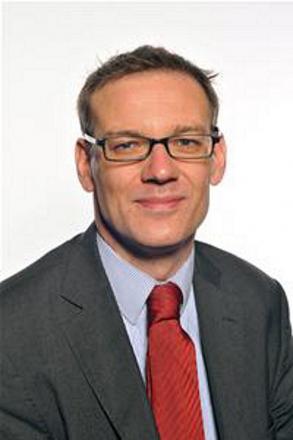Just before Christmas I posted about the results of the REF2014 exercise, which the British government will use to decide how to allocate research funding to Universities.
Yesterday, the submissions from each University were added to the REF site, so if you want to put yourself through the same experience as the panel members tasked with reading the judging the submissions, you are now in a position to do so. Try not to make the server fall over.
.jpg/1024px-Massimo_Busacca%2C_Referee%2C_Switzerland_(10).jpg)


